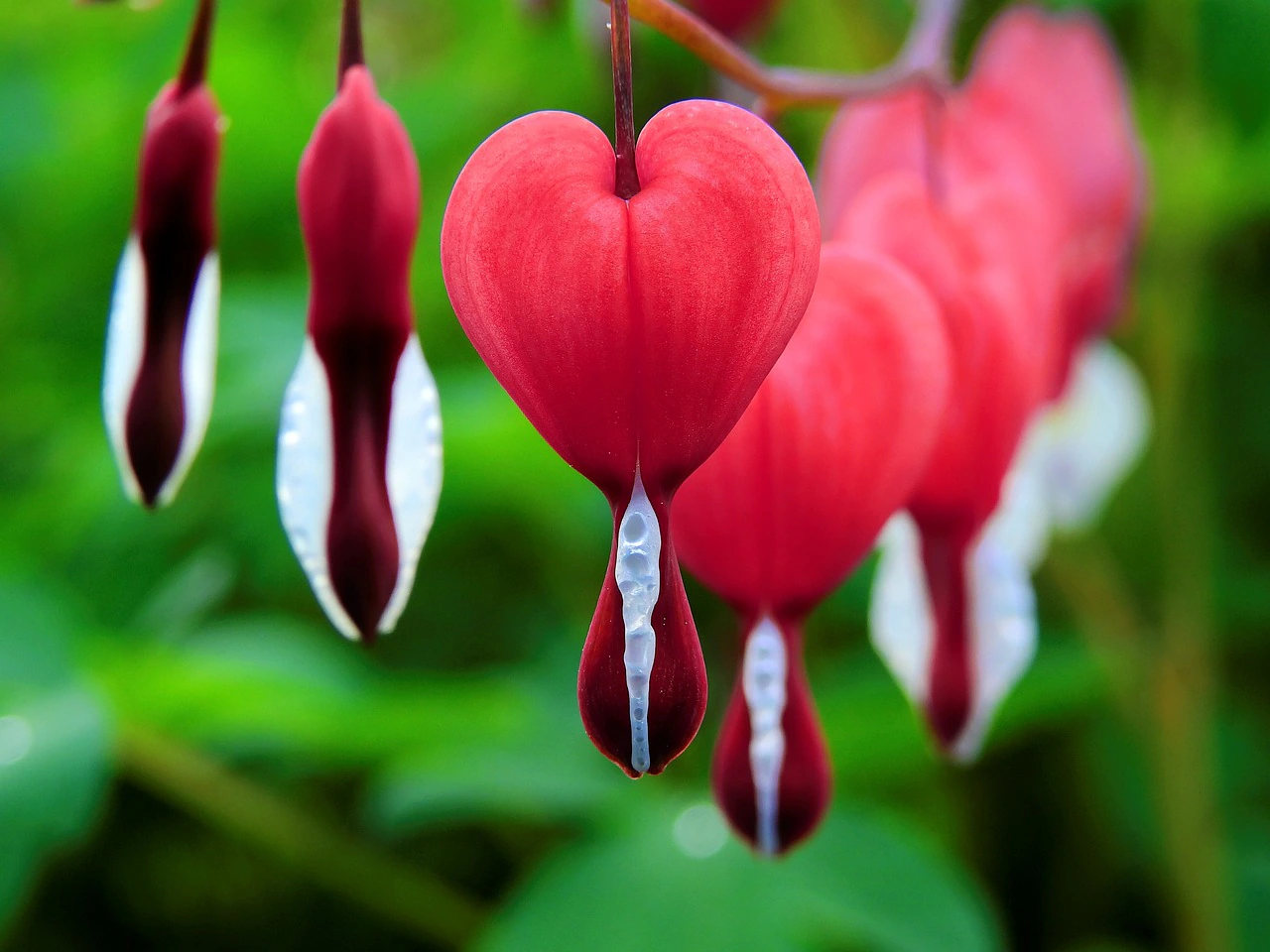The natural world brims with astonishing examples of biomimicry, where organisms evolve structures and functions that resemble those found in other species. This phenomenon extends to the plant kingdom, where certain plants exhibit uncanny parallels to human organs. While lacking the complex systems of our bodies, plants have developed ingenious adaptations that fulfill similar purposes, highlighting the remarkable interconnectedness of life.
The Respiratory System: Taking a Breath from the Botanical World
Plants, like us, require oxygen for cellular respiration. They achieve gas exchange through microscopic pores on their leaves called stomata. These stomata function like lungs, opening and closing in response to light and humidity. During the day, sunlight triggers the stomata to open, allowing carbon dioxide for photosynthesis and releasing oxygen as a byproduct. At night, when photosynthesis ceases, the stomata close to conserve water.
Further mimicking our respiratory system, a fascinating group of plants called bromeliads defy gravity by clinging to trees and other structures. These epiphytic wonders have developed a specialized tissue called velamen tissue that resembles a sponge. This tissue, covering their leaves, acts like miniature lungs, absorbing moisture and nutrients from the surrounding air. It allows bromeliads to thrive in environments with minimal soil, showcasing an exceptional adaptation for survival.
The Circulatory System: The Lifeblood of Flora
Plants possess a well-defined, albeit simpler, circulatory system to transport vital fluids throughout their structures. Xylem, the plant’s “arteries,” is a complex network of tubes composed of dead cells with hollow interiors. These tubes facilitate the upward movement of water and dissolved minerals from the roots to the leaves. The driving force behind this movement is a phenomenon called transpiration, where water evaporates from the leaves, creating a suction that pulls water upwards through the xylem.
Phloem, on the other hand, functions as the “veins” of the plant kingdom. Unlike xylem, phloem is composed of living cells and transports manufactured sugars and other nutrients produced in the leaves to various parts of the plant for growth and maintenance. The transport of these essential materials occurs due to a pressure gradient within the phloem, where sugars create a high pressure in the source (leaves) and a lower pressure in the sink (growing areas). This pressure difference drives the flow of phloem sap throughout the plant, ensuring proper nourishment reaches all its parts.
The Digestive System: Breaking Down Nutrients for Growth
While plants don’t possess a digestive system in the traditional sense, some carnivorous plants have developed ingenious methods to obtain nutrients from their environment. These botanical predators, like Venus flytraps and pitcher plants, employ a variety of macabre tactics to lure and capture unsuspecting prey. Venus flytraps utilize brightly colored leaves and sweet-smelling nectar to attract insects. When an unsuspecting victim touches the sensitive hairs on the trap’s lobes, the trap rapidly snaps shut, imprisoning the insect. Digestive enzymes are then secreted to break down the prey’s body, releasing essential nutrients that the plant absorbs.
Pitcher plants take a more passive approach to capturing prey. They have evolved specialized leaves modified into deep, water-filled pitchers with an alluring fragrance and slippery rim. Insects, drawn by the scent and lured by the slippery rim, fall into the pitcher’s deadly embrace. Once submerged, the prey drowns, and the plant secretes digestive enzymes to break down the insect’s body, absorbing the released nutrients for its growth. Interestingly, some pitcher plants have even developed symbiotic relationships with mosquito larvae. These larvae feed on dead insects trapped in the pitcher, while the plant benefits from the additional nutrients released by the larvae’s waste products and the larvae enjoy a protected environment.
Conclusion: Beyond Mimicry: The Interconnectedness of Life
The parallels between certain plants and human organs showcase the remarkable ingenuity of nature. While the mechanisms may differ, the underlying principles of gas exchange, transport of vital fluids, and nutrient acquisition are strikingly similar. These examples not only highlight the concept of biomimicry but also underscore the interconnectedness of life on Earth. Plants and animals, despite their distinct evolutionary paths, share fundamental needs and have developed fascinating adaptations to fulfill them. By understanding these parallels, we gain a deeper appreciation for the intricate web of life and the marvels of the natural world.



